
Copernical Team
Earth from Space: Mackenzie River, Canada
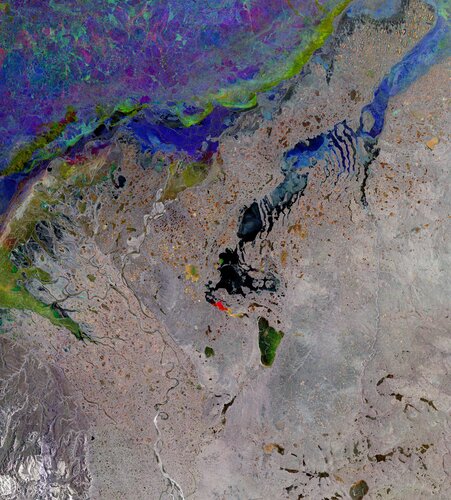
The Copernicus Sentinel-1 mission takes us over the Mackenzie River, a major river system in the Canadian boreal forest. Its basin is the largest in Canada and is the second largest drainage basin of any North American river, after the Mississippi.
Out now: ESA’s third quarter in images
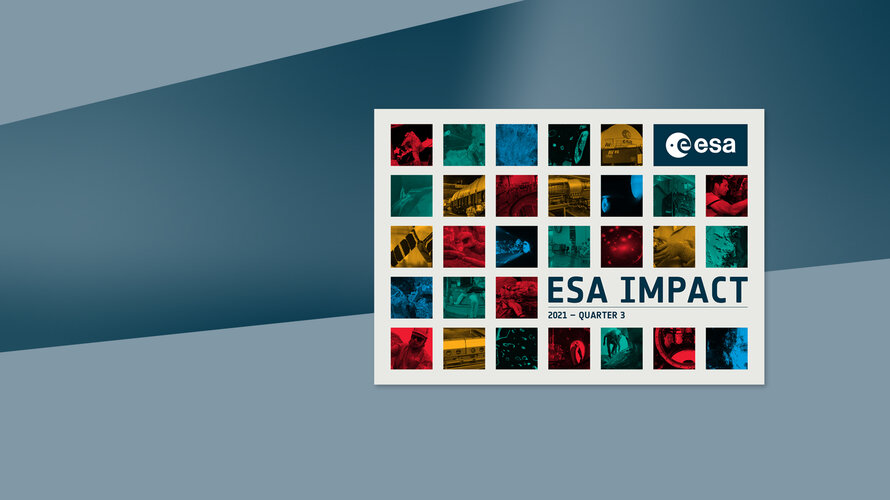
Out now: ESA’s third quarter in images
Join our free online Space2Connect event

The first ESA virtual conference devoted entirely to telecommunications will take place between 11 October and 14 October.
'Planet confusion' could slow Earth-like exoplanet exploration
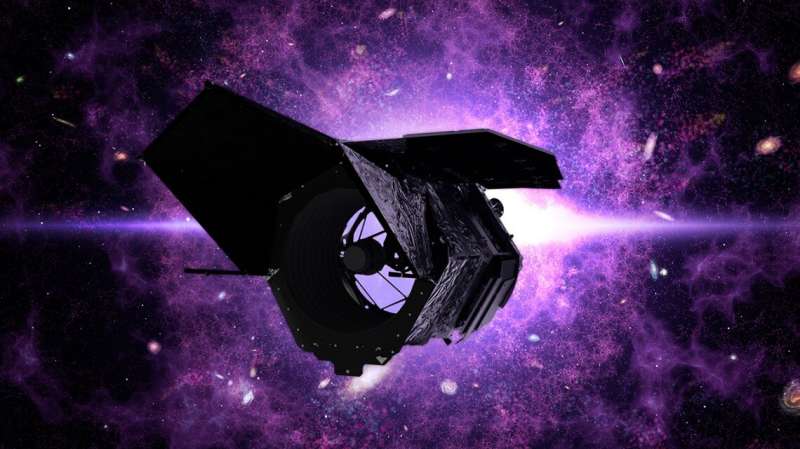
When it comes to directly imaging Earth-like exoplanets orbiting faraway stars, seeing isn't always believing.
A new Cornell study finds that next-generation telescopes used to see exoplanets could confuse Earth-like planets with other types of planets in the same solar system.
With today's telescopes, dim distant planets are hard to see against the glare of their host stars, but next-generation tools such as the Nancy Grace Roman Space Telescope, currently under development by NASA, will be better at imaging Earth-like planets, which orbit stars at just the right distance to offer prime conditions for life.
"Once we have the capability of imaging Earth-like planets, we're actually going to have to worry about confusing them with completely different types of planets," said Dmitry Savransky, associate professor in the Sibley School of Mechanical and Aerospace Engineering (College of Engineering) and the Department of Astronomy (College of Arts and Sciences).
Lunar landers could spray instant landing pads as they arrive at the moon
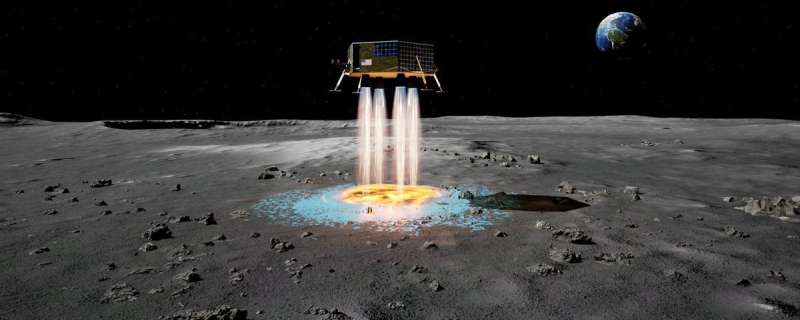
Space exploration requires all kinds of interesting solutions to complex problems. There is a branch of NASA designed to support the innovators trying to solve those problems—the Institute for Advanced Concepts (NIAC). They occasionally hand out grant funding to worthy projects trying to tackle some of these challenges. The results from one of those grants are now in, and they are intriguing. A team from Masten Space Systems, supported by Honeybee Robotics, Texas A&M, and the University of Central Florida, came up with a way a lunar lander could deposit its own landing pad on the way down.
Lunar dust poses a significant problem to any powered landers on the surface. The retrograde rockets needed to land on the moon's surface softly will also kick dust and rock up into the air, potentially damaging the lander itself or any surrounding human infrastructure.
Image: Cosmic kit

ESA astronaut Matthias Maurer is suited, booted and ready for his Cosmic Kiss mission. As a member of US Commercial Crew-3 he will be launched to the International Space Station in a Crew Dragon spacecraft in around one month's time for his first six-month stay in orbit.
Matthias is pictured in the SpaceX spacesuit that he will wear alongside his crew mates, NASA astronauts Kayla Barron, Thomas Marshburn and Raja Chari, during their journey to and from space.
Each SpaceX spacesuit is tailor-made for its wearer. The helmet is 3D printed and its gloves are designed to work with the touchscreens on board. The suit's primary purpose is to protect astronauts from the unlikely event of depressurisation. However, it also helps regulate an astronaut's body temperature and provides hearing and fire protection.
When an astronaut enters the Dragon capsule, they plug the suit into their seat using an umbilical. This provides the electronics to power communications, air to cool the suit and gas to pressurize the garment when needed.
This suit is only worn in the Crew Dragon capsule, not during spacewalks. Matthias is trained and certified in both the US Extravehicular Mobility Unit (EMU) and Russian Orlan spacesuits for any spacewalk he may perform in orbit.
Head in the sky: 8-year-old Brazilian girl dubbed world's youngest astronomer
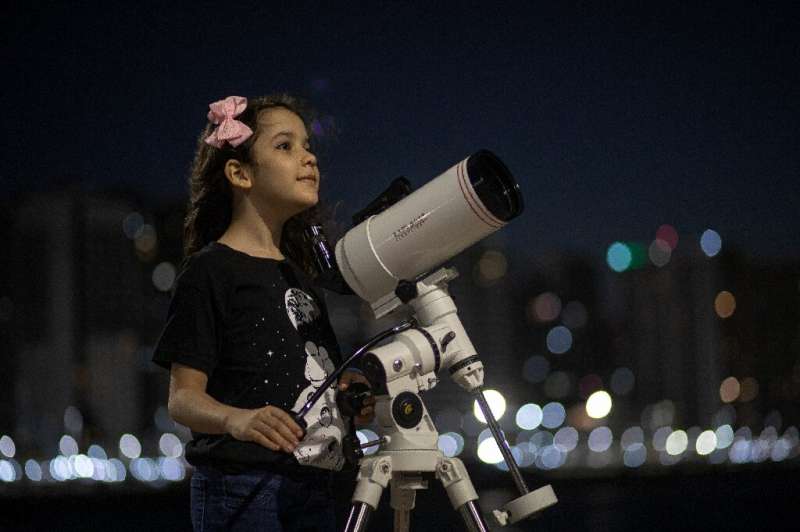
When Nicole Oliveira was just learning to walk, she would throw up her arms to reach for the stars in the sky.
Today, at just eight years of age, the Brazilian girl is known as the world's youngest astronomer, looking for asteroids as part of a NASA-affiliated program, attending international seminars and meeting with her country's top space and science figures.
In Oliveira's room, filled with posters of the solar system, miniature rockets and Star Wars figures, Nicolinha, as she is affectionately known, works on her computer studying images of the sky on two large screens.
The project, called Asteroid Hunters, is meant to introduce young people to science by giving them a chance to make space discoveries of their own.
Microscopic metavehicles powered by nothing but light
 Researchers from Chalmers University of Technology, Sweden, have succeeded in creating tiny vehicles powered by nothing but light. By layering an optical metasurface onto a microscopic particle, and then using a light source to control it, they succeeded in moving the tiny vehicles in a variety of complex and precise ways - and even using them to transport other objects.
Light has an inher
Researchers from Chalmers University of Technology, Sweden, have succeeded in creating tiny vehicles powered by nothing but light. By layering an optical metasurface onto a microscopic particle, and then using a light source to control it, they succeeded in moving the tiny vehicles in a variety of complex and precise ways - and even using them to transport other objects.
Light has an inher National Geospatial-Intelligence Agency funds Phase 4a of MagQuest Challenge
 The National Geospatial-Intelligence Agency (NGA) just launched the Demonstration Phase (Phase 4a) of its MagQuest Challenge to develop novel data collection approaches for the World Magnetic Model.
The WMM ultimately ensures the accuracy of navigation because it corrects for differences in magnetic forces at a user's location. The model is used by thousands of systems for mobile navigation app
The National Geospatial-Intelligence Agency (NGA) just launched the Demonstration Phase (Phase 4a) of its MagQuest Challenge to develop novel data collection approaches for the World Magnetic Model.
The WMM ultimately ensures the accuracy of navigation because it corrects for differences in magnetic forces at a user's location. The model is used by thousands of systems for mobile navigation app Climate change and its environmental impacts on crop growth
 The Earth is heating up. The effects of human-caused global climate change are becoming more and more apparent as we see more record-breaking heat waves, intense droughts, shifts in rainfall patterns and a rise in average temperatures. And these environmental changes touch every part of crop production.
NASA, along with partner agencies and organizations, monitors all of these environmenta
The Earth is heating up. The effects of human-caused global climate change are becoming more and more apparent as we see more record-breaking heat waves, intense droughts, shifts in rainfall patterns and a rise in average temperatures. And these environmental changes touch every part of crop production.
NASA, along with partner agencies and organizations, monitors all of these environmenta 